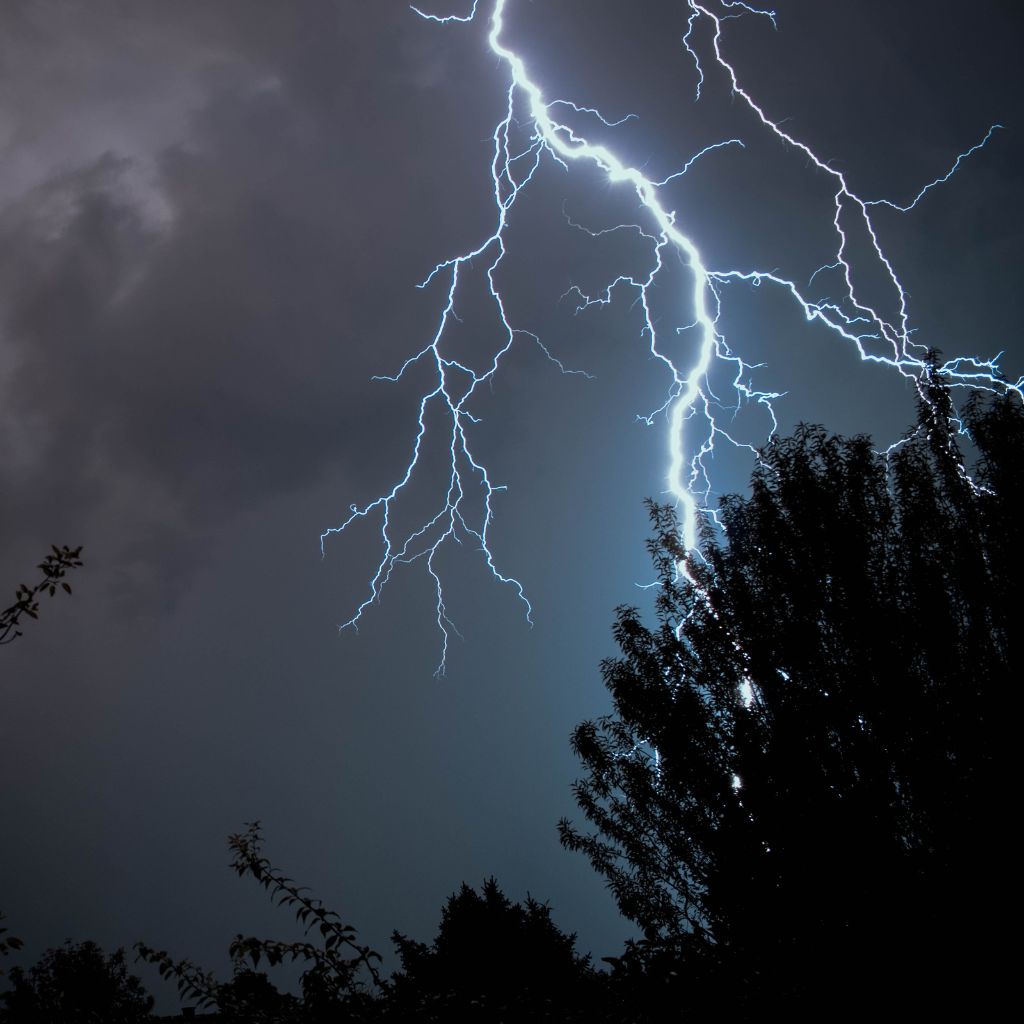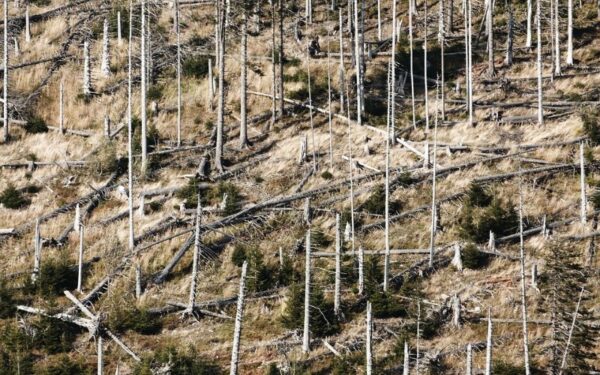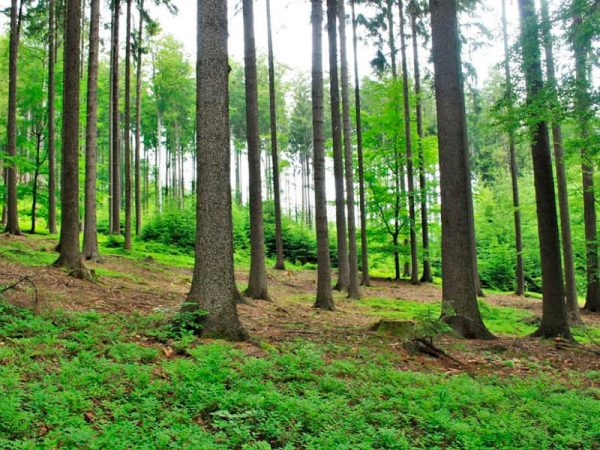Among these, bark beetle outbreaks and storm damage pose significant challenges. However, technological advancements in artificial intelligence (AI) offer a new way to navigate these challenges, helping us protect, manage, and understand our forests more effectively.
The Double Trouble: Bark Beetles and Storms
Forest ecosystems, while inherently resilient, face considerable threats from natural disturbances like insect outbreaks and severe storms. Bark beetles and storms can even act in tandem, creating a double challenge for forest management. Understanding the intricate relationship between these dual hazards and their implications for forest health is pivotal for effective, sustainable forest management.
Bark beetles primarily infest trees that are already stressed due to factors like drought, old age, or disease. However, once they have established a significant population, they can spread to even healthy trees, leading to extensive tree mortality. As dead trees accumulate, the capacity for carbon sequestration in the forest decreases, and its vulnerability to fires increases.
On the other hand, severe storms can have immediate and visually evident impacts on forest ecosystems. Strong winds can uproot trees, snap trunks, and cause extensive damage to the forest canopy. This not only leads to an immediate loss of timber but also creates openings in the forest, altering the microclimate and making the forest susceptible to invasive species and disease.
These disturbances often interact in complex way, magnifying each other’s effects. For instance, storms can leave forests weakened and more susceptible to bark beetle infestations. Storm-damaged trees are less able to fend off bark beetles, leading to increased rates of infestations. Conversely, forests already weakened by bark beetle outbreaks may be more vulnerable to storm damage, as the loss of trees can result in higher wind speeds at the ground level, leading to further tree falls.
Additionally, both bark beetle infestations and storm damage alter the structure of the forest, affecting its biodiversity and ecosystem functions. The removal of dominant trees can create openings for new species, potentially increasing biodiversity in the long run. However, in the short term, these disturbances can lead to a loss of habitat for species that rely on mature forests, impacting the forest’s ecological balance.
In the face of these threats, sustainable forest management becomes a delicate balancing act. It requires a comprehensive understanding of forest ecology, as well as the tools to detect and respond to these threats promptly. By recognizing the interconnectedness of these threats and leveraging advanced tools like AI, we can work towards a more proactive and resilient approach to forest management.
AI at the Forefront of Damage Detection and Quantification
Forest management in the face of threats like bark beetles and storms is complex. As we navigate this landscape, AI is becoming an increasingly essential tool. The ability to process and analyze vast amounts of data with exceptional speed and precision has opened up new possibilities in early detection of bark beetle outbreaks and comprehensive damage quantification post storms.
For bark beetles, the life cycle and the pattern of infestation present unique challenges. Infestations often begin unnoticed, quietly building up under the bark, and when visible signs appear, the infestation may already be in an advanced stage. Traditional detection methods, such as ground surveys or visual analysis of aerial imagery, are time-consuming and potentially less effective in early stages of infestations.
This is where AI can make a significant impact. By incorporating multispectral satellite imagery, LiDAR data, and ground survey information, AI algorithms can analyze subtle changes in the forest canopy, indicative of bark beetle activity. These data layers can reveal early signs of infestation such as shifts in foliage colour or canopy structure, which often precede visible damage to the tree. This early detection enables timely intervention, helping forest managers to limit the spread of infestations and reduce tree mortality.
When it comes to storm damage, the task is equally complex. The assessment of damage post-storm involves analyzing a broad range of factors, such as tree fall patterns, broken crowns, exposed soil, and even assessing the stability of remaining trees. Manual analysis is often hindered by the scale of the damage and accessibility issues in the aftermath of a storm. Instead, AI can identify and quantify different types of storm damage with remarkable accuracy. By incorporating historical data and existing forest inventory information, AI models can even provide estimates on the volume of timber lost or damaged, an essential component for economic loss calculation and insurance assessments.
The power of AI in these contexts lies in its ability to handle vast amounts of diverse data, learn from patterns, and provide actionable insights rapidly before they are visible to a human. This technological leap empowers forest managers with precise and timely information, aiding them in making informed decisions that can bolster the health and resilience of our forests.
Integrating AI in Forest Management
At CollectiveCrunch, we have combined our expertise with Metsä Group to provide a solution for detailed and timely information about potential threats in forests. Our AI platform provides near real-time monitoring and analysis, alerting forest managers of bark beetle outbreaks and quantifying the damage from both bark beetles and storms.
The solution detects changes before they are visible to the human eye, allowing you to stay ahead of threats, protecting your forest assets and supporting their ecological functions. By giving you a detailed picture of your forest’s health, we enable you to make informed decisions with the best available intelligence.
The resilience of our forests is in our hands. With AI-powered tools, we can take a significant step towards safeguarding them against the threats they face. Interested in integrating AI into your forest management strategy? Contact us for more information or book a free demo!




